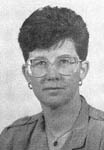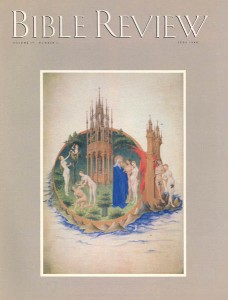“The devil’s gateway, the unsealer of that forbidden tree, the first deserter of the divine law”—so Eve was described by the Christian theologian Tertullian (c. 160–240 A.D.). And it’s been downhill since then for the popular image of the biblical mother of all humanity. Downhill, that is, until about 15 years ago, when feminist Bible critics started studying the creation stories in Genesis 2–3. In “Eve and Adam—Is a Feminist Reading Possible?” Bible scholar Pamela J. Milne offers a lucid and fascinating interpretation of the Eve and Adam story, and compares her own view with many others that have been promoted, past and present.

At the University of Windsor in Windsor, Ontario, Canada, Milne serves as assistant professor of Hebrew Bible. She is the author of Vladimir Propp and the Study of Structure in Biblical Narratives (Almond/Sheffield Academic Press, 1988).
It has been said that “history begins at Sumer,” so we should not be surprised to learn that literature also begins there. Although Sumerian literature treats mostly deities and kings, it does display a variety of genres, including riddles, proverbs, royal hymns, antediluvian traditions and quasi-philosophical treatises. Many of the same genres, and even a few similar stories, such as the Flood, appear in the Bible. But the Bible differs in significant ways, as William W. Hallo explains in “Sumerian literature—Background to the Bible.”
Already a library member? Log in here.
Institution user? Log in with your IP address.

